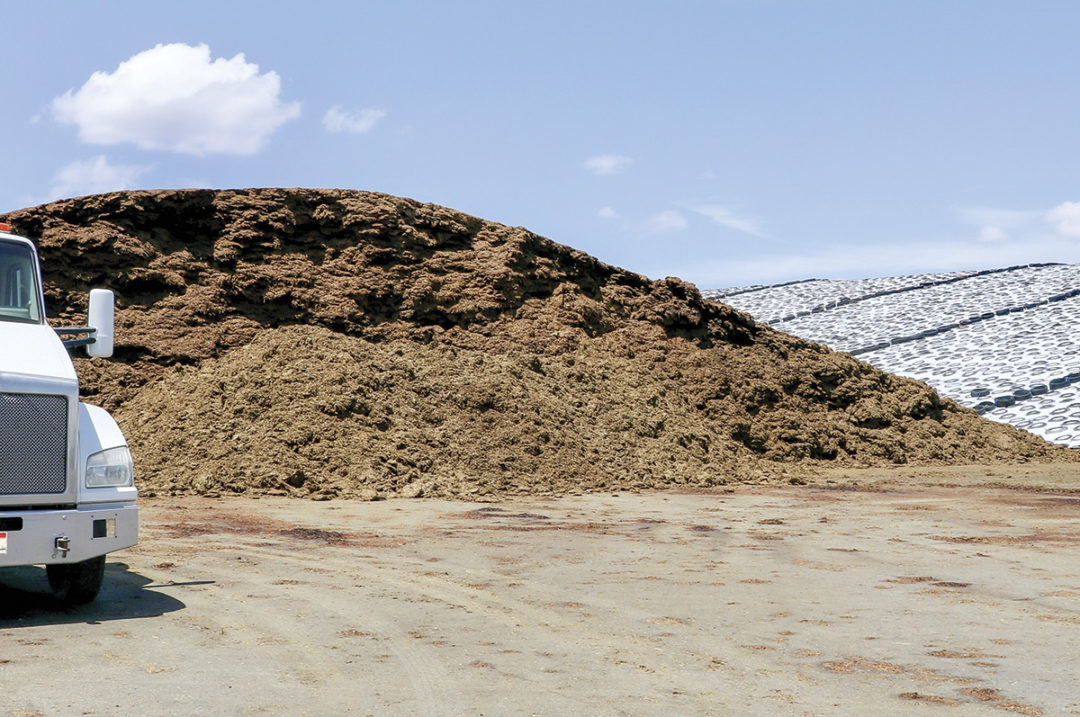The 2023 corn crop was challenged by a wide variation of environmental challenges. Drought in the Southwest and western Corn Belt to late-season rainfall in the Ohio Valley and eastern Corn Belt, the weather challenged the crop. Our 2023 U.S. Harvest Analysis collected and analyzed nearly 450 samples to identify regional trends in mycotoxin challenges to dairy cattle from corn silage and corn grain.
Mycotoxins are produced by soil-borne molds and various other molds like fusarium and aspergillus, which require different climatic factors to flourish. Fusarium prefers a moderate temperature and moisture, while aspergillus flourishes in a warm and dry environment. Fusarium can produce type B trichothecenes (DON group), type A trichothecenes (T-2/HT-2), zearalenone, fumonisin, fusaric acid and emerging mycotoxins. These mycotoxins can inhibit protein synthesis, dry matter intake (DMI), milk production, rumen microbiome, digestion, conception rate, embryo and fetal health, enzyme receptors, gut wall integrity, liver function and immune response. Aspergillus mold can be a major concern for dairy cows due to the production of aflatoxin B1, which can be transformed into aflatoxin M1 and contaminate milk, rendering it nonsalable.
Corn silage harvest was not delayed in the West due to the drought. In many cases, it was earlier than normal just to recover some severely drought-affected corn forage. Corn silage samples contained on average, for 236 samples, 5.6 mycotoxins per sample, with 97% containing two or more mycotoxins. The greatest was from the DON group. The average level of DON was 1,357 parts per billion (ppb); however, that ranged from 0 ppb in parts of the drought-affected West to 29,853 ppb in the wetter East. The East also had maximum risk levels of T-2/HT-2 of 601 ppb and zearalenone at 1,171 ppb, primarily due to excess rainfall during late summer. These mycotoxins, along with the DON levels, may further impact DMI, milk production, rumen microbiome, digestion, reproduction, conception rate, embryo and fetal health, gut wall integrity, liver function and immune response.
Corn grain harvest followed a similar pattern of harvest and risk. The drought in the West allowed harvest to begin early to on time, while the East received late summer and fall rains that delayed harvest in some parts of Indiana, Michigan, Ohio, Pennsylvania and New York. The 190 corn grain samples averaged 4.4 mycotoxins per sample, with 87% containing two or more mycotoxins per sample. Early harvest in the West showed that fumonisin was the greatest risk with maximum levels higher than 22,000 ppb. This is a much greater risk to swine and horses but can have an impact on younger dairy calves and heifers. As the harvest progressed east, the risk changed to the DON group, with levels having a maximum of 44,265 ppb, with impacts to DMI, milk production, rumen microbiome, embryo health, conception rate, gut wall integrity and immune response.
The samples of corn silage and corn grain that have been analyzed since the harvest analysis have continued to show less mycotoxin risk in the West, while the risk in the East has increased due to high levels of the DON group plus increasing levels of zearalenone. Overall, cow milk production, reproduction and health are under increasing mycotoxin risk as we move eastward into the Ohio Valley, Michigan and New England. As total mixed ration (TMR) samples are analyzed in the West and East, the mycotoxin risk levels of the corn silage and corn grain are being confirmed.
An interesting note in the West is the mycotoxin analysis of cornstalks. Stalks from what was low-risk corn grain remained in the fields and were exposed to late-season rain. These stalks are now showing high-risk DON group and zearalenone levels. Stalks used as a fiber source for dry and lactating cow TMRs may be able to seriously impact cow reproduction. Poor conception rates and abortions may be on the increase.
Dairy producers should be aware that corn silage, high-moisture corn and dry corn are all subject to mycotoxins increasing during storage. The feedstuff will never be better from a mycotoxin analysis than it was the day it was harvested and put into storage. Therefore, it is necessary to continue to test as feedout moves forward and new sources are opened. Having a mycotoxin analysis and an understanding of what that level of mycotoxin means to the impact on dairy cow health and performance is needed to ensure efficient and profitable production.






